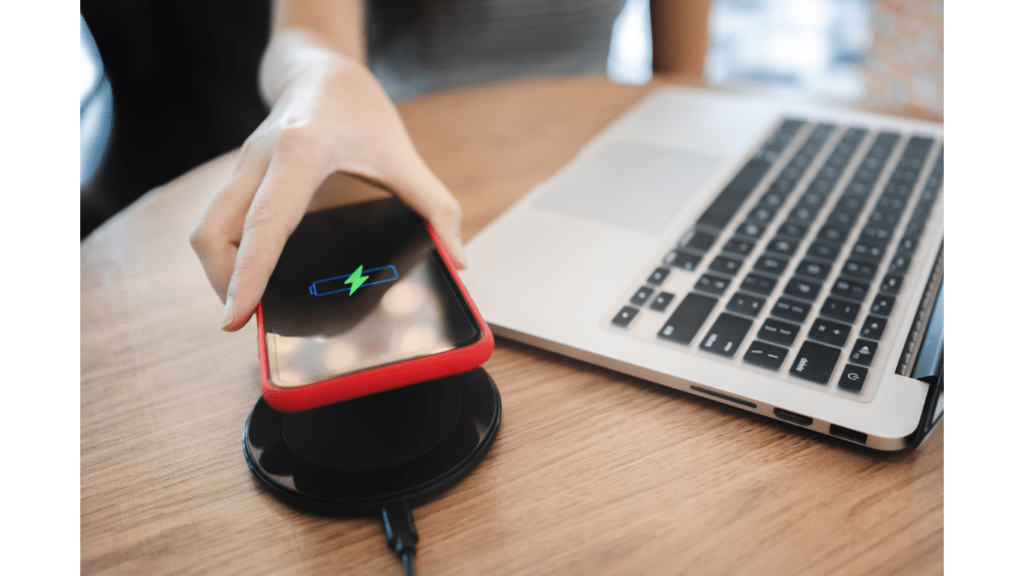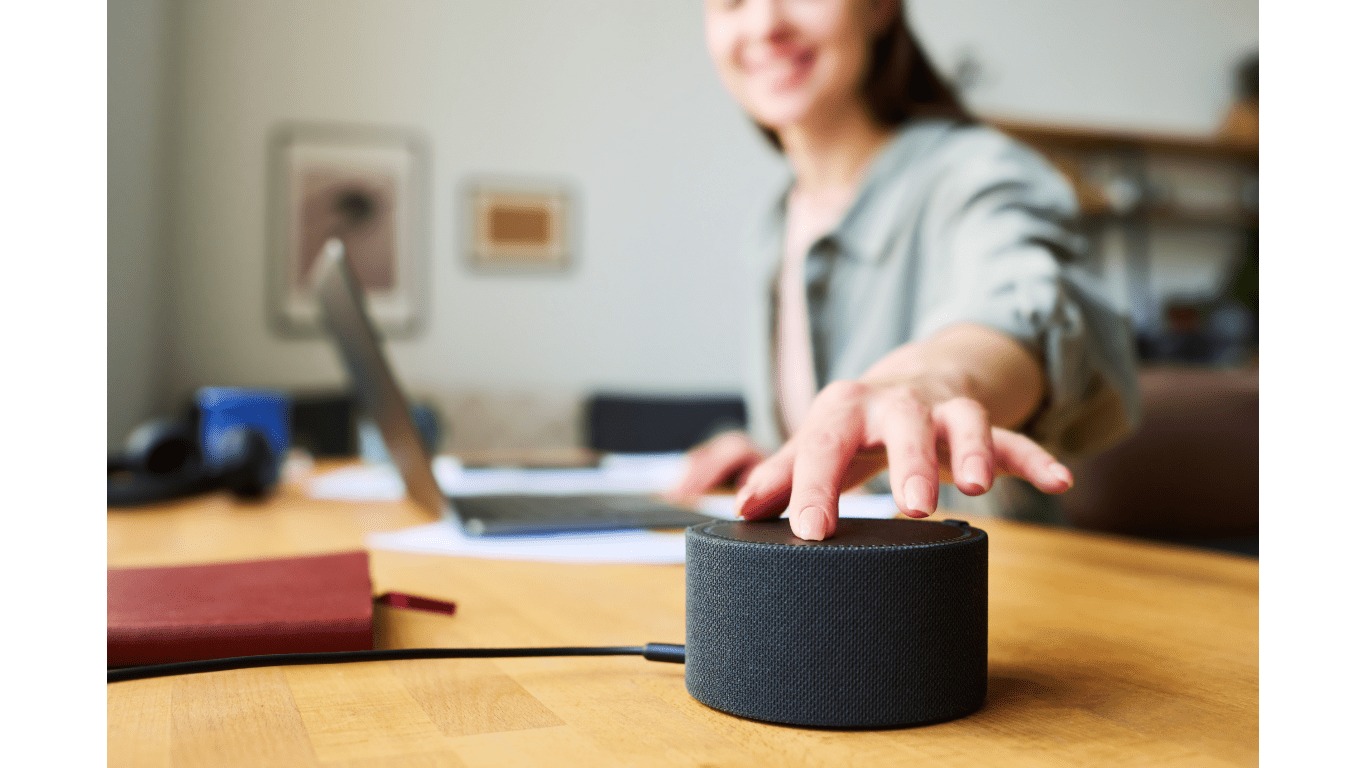Unveiling the Smart Home Revolution
What Is Home Automation?
- Home automation refers to the integration of smart technologies in residential spaces to automate and control various devices and systems remotely through a network connection. It involves using sensors, actuators, and communication devices to enhance the convenience, comfort, and security of homes. Smart thermostats, smart lighting, and smart security cameras are some common examples of home automation devices that offer users the ability to manage their living environments efficiently.
The Impact of IoT on Smart Living
The Internet of Things (IoT) has had a profound impact on smart living by enabling interconnected devices to communicate and interact with each other. Through IoT technology, smart homes can streamline daily tasks, optimize energy consumption, and provide advanced security features. The seamless connectivity offered by IoT promotes a cohesive ecosystem where various devices work in harmony to create a personalized and efficient living experience.
I leverage home automation to simplify my daily routines and enhance the functionality of my living space. IoT technology has truly revolutionized the way I interact with my home environment, making it more intuitive, secure, and energy-efficient.
Core Components of a Smart Home
Smart Thermostats and Climate Control
In smart homes, smart thermostats are essential components that offer precise control over indoor temperatures. These devices not only provide convenience but also help in optimizing energy usage. I personally find it incredibly convenient to adjust the temperature of my home from anywhere using a smartphone app. Smart thermostats learn my preferences over time, creating tailored heating and cooling schedules that enhance comfort while reducing energy costs.
Advanced Security Systems
Advanced security systems are integral to smart home setups, offering peace of mind through enhanced surveillance and monitoring capabilities. Installing smart security cameras and sensors throughout my home has significantly increased its security. These devices send real-time alerts to my phone, allowing me to monitor activities and even communicate with visitors remotely. The integration of smart locks also adds an extra layer of security, enabling me to control access to my home from anywhere.
Intelligent Lighting Solutions
Intelligent lighting solutions play a crucial role in creating ambiance and energy efficiency within a smart home. By incorporating smart light bulbs and lighting systems, I can adjust the brightness, color, and timing of lights to suit different occasions and moods. This level of customization not only enhances the aesthetics of my living space but also helps in conserving energy. Furthermore, the ability to automate lighting based on my presence or schedule adds an extra layer of convenience to my daily routine.
Cutting-Edge Trends in Home Automation

1. Voice-Activated Assistants
Exploring the latest trends in home automation, I delve into the rising popularity of voice-activated assistants in smart homes. These assistants, such as Amazon’s Alexa and Google Assistant, have transformed how we interact with our living spaces. Users can simply speak commands to adjust the thermostat, play music, dim the lights, or even get the latest weather updates. Voice-activated assistants offer a seamless and hands-free way to control various devices, enhancing convenience and accessibility in modern households.
2. AI-Driven Household Gadgets
In the realm of home automation, AI-driven household gadgets are revolutionizing the way we manage daily tasks. These cutting-edge devices utilize artificial intelligence to learn user preferences and adapt to individual lifestyles. From smart refrigerators that remind you to restock groceries to robotic vacuum cleaners that autonomously navigate through rooms, AI-driven gadgets streamline chores and improve efficiency. By incorporating machine learning algorithms, these smart devices continuously enhance their performance, making them indispensable tools for simplifying everyday routines.
3. The Rise of Smart Furniture
Smart furniture represents a burgeoning trend in home automation, offering innovative solutions to optimize living spaces. From multifunctional pieces that adapt to different needs to furniture embedded with sensors for health monitoring, the possibilities are endless. Imagine a sofa that adjusts its firmness based on your comfort preferences or a bed that tracks your sleep patterns and suggests ways to improve your rest. Smart furniture merges style with functionality, catering to the evolving needs of modern homeowners seeking a tech-savvy living environment.
Integration and Connectivity
1. The Ecosystem of Smart Devices
In smart home automation, the ecosystem of interconnected devices plays a crucial role in enabling seamless control and monitoring capabilities. Smart devices like thermostats, security systems, and lighting solutions communicate with each other, creating an integrated network that enhances the overall functionality of a home. These devices work in harmony to provide convenience, comfort, and security to homeowners by allowing them to manage various aspects of their living space remotely.
2. Compatibility and Interoperability Challenges
One of the key challenges in the realm of home automation is ensuring compatibility and interoperability among different smart devices. As the market continues to expand with a plethora of manufacturers offering varied products, ensuring that these devices can communicate and function together smoothly becomes essential. Compatibility issues may arise when attempting to connect devices from different brands or systems, leading to a fragmented user experience. Therefore, standardization efforts and open protocols are crucial to overcoming these challenges and fostering a more interconnected and user-friendly smart home experience.
The Future of Smart Living
Innovations on the Horizon
As technology continues to advance, the future of smart living holds exciting prospects for homeowners looking to embrace automation. AI integration is set to revolutionize how homes operate, with personalized experiences becoming a reality. Imagine waking up to a home that adjusts its settings based on your habits and preferences – from the perfect shower temperature to your preferred coffee brewing as you step into the kitchen. The seamless interaction between devices, driven by sophisticated algorithms, will create harmonious living spaces that intuitively cater to your needs.
Privacy and Security Considerations in an Automated World
In a world where connectivity is key, safeguarding privacy and security becomes paramount. As homes become smarter, the need for robust measures to protect personal data and prevent unauthorized access grows. Encryption protocols, stringent authentication processes, and regular software updates are essential to create a secure smart home environment. Additionally, ensuring that smart devices adhere to industry standards for data protection can mitigate risks and uphold privacy. It’s crucial to strike a balance between convenience and security to enjoy the benefits of home automation without compromising on personal safety.

 Amber Derbyshire is a seasoned article writer known for her in-depth tech insights and analysis. As a prominent contributor to Byte Buzz Baze, Amber delves into the latest trends, breakthroughs, and developments in the technology sector, providing readers with comprehensive and engaging content. Her articles are renowned for their clarity, thorough research, and ability to distill complex information into accessible narratives.
With a background in both journalism and technology, Amber combines her passion for storytelling with her expertise in the tech industry to create pieces that are both informative and captivating. Her work not only keeps readers up-to-date with the fast-paced world of technology but also helps them understand the implications and potential of new innovations. Amber's dedication to her craft and her ability to stay ahead of emerging trends make her a respected and influential voice in the tech writing community.
Amber Derbyshire is a seasoned article writer known for her in-depth tech insights and analysis. As a prominent contributor to Byte Buzz Baze, Amber delves into the latest trends, breakthroughs, and developments in the technology sector, providing readers with comprehensive and engaging content. Her articles are renowned for their clarity, thorough research, and ability to distill complex information into accessible narratives.
With a background in both journalism and technology, Amber combines her passion for storytelling with her expertise in the tech industry to create pieces that are both informative and captivating. Her work not only keeps readers up-to-date with the fast-paced world of technology but also helps them understand the implications and potential of new innovations. Amber's dedication to her craft and her ability to stay ahead of emerging trends make her a respected and influential voice in the tech writing community.
